Water Softener does a great deal of work and assists us fundamentally in softening water. In some drier regions of the US which includes states like Arizona and its city Phoenix, the ppm of water generally exceeds the normal levels. In situations like these, where the water hardness reaches abysmal levels, you need to keep track of your softener. You have to make sure that your softener can process the water and replace hard minerals like Calcium and Manganese and swap them with ions of other effective minerals like Sodium and Potassium.
There have been instances where people had no clue that their water softener was not working properly. In this piece, we will discuss ways to keep a check on your water softener. How to see problems in the softener? We will also look into other ways such as putting a critical gaze on salt issues that can be detrimental to your health.
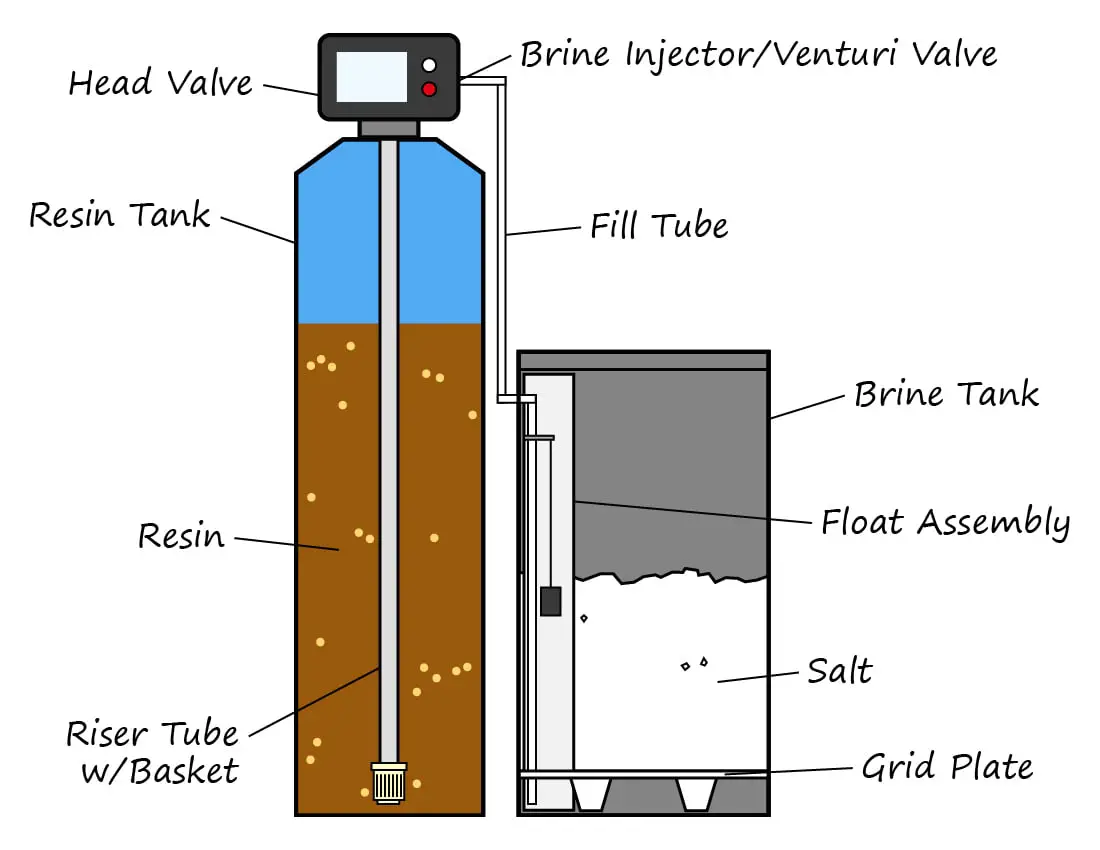
8 Ways to Check if Your Water Softener is Working
A water softener is meant to soften your water with an ion exchange process that fundamentally removes hard minerals. There can be situations where the process of this can be hampered. For example, Water Softeners are equipped with a resin bed that has sodium ions.
Once the water flows through the resin bed, it grabs a sodium ion and leaves a calcium ion. It can soften your water up to 95% which then makes the water drinkable and healthy. If resins go bad, then there is a strong chance the ion exchange is not happening. So, let us know about other ways through which you can keep track of whether your water softener is working or not?
Water Lathering
Water Lathering is a process that can tell you whether the water can dissolve soap particles or not. Water exists as hard and soft. This is mostly a spectrum than just hard and soft. The entire spectrum then becomes arranged in units. The last unit 7 ppm is where the hardness can start health issues. Now in hard water, it becomes very hard to dissolve soap since the water is denser than that of soft water. Here is how you can check for water lathering:
Steps to check for Water Lathering
- Pour water into a mug.
- Now add a few spoons of your usable detergent powder.
- Now mix it well and see How many bubbles are getting formed.
- Do these steps in two mugs, and repeat the entire process in two mugs where one mug has the untreated water and the other softened water.
- If one mug which has untreated water forms the same bubbles, along with the other mug which has softened water. It means that you need to repair the softener.
Check for Laundry Cleaning
If you do your laundry in your home you might want to look for scratchy, rough, and torn shirts. This happens because the water is hard and that leads to causing issues with your clothes. How does hard water affects clothes, let us know in detail:
- Hard Water has an insoluble property.
- Since this type of water is not able to absorb things properly that means a lot of detergents will only lay on the surface rather than getting properly mixed with water.
- If the water is not soluble the fabric being used with dissolved detergent will lay on the outer coating of the fabric rather than go inside the fabric and do proper cleaning of clothes.
Check for Limescale on Your Pipes, Faucets, and Sinks
Limescale is an epidemic that wreaks havoc on your home and causes unnecessary damage to your pipeline, water sinks, and faucets. These damages leave permanent marks on your surfaces where the water travels. If it pours in somewhere on the surface like tiles, then limescale can happen. What other issues limescale can cause?
- Limescale weakens the surface where it accumulates.
- If not treated, the hard water can cause limescale deposits, and in narrow pipes, it can block the pipe.
- Make sure to do a thorough check for limescale.
Look Deeply into The Water Taste
Water taste can very well get affected if the water is not soft. Many people have commented on the taste of soft water. It’s very soft and has no taste. While hard water can be a little salty, soft water is taste free. If the taste becomes severe, it means the processing capability of water softener and displacing of ions is not happening at a pace that’s adjusted for you and your family.
Look for Dry and Itchy Skin
Is your skin getting dry and itchy for some reason all of a sudden? If that’s happening, major chances are that the lack of water softener intervention is causing scaly skin. See softener has a supple and soft feeling which is not so with hard water. Hard Water on the other hand has calcium and magnesium, which is a higher proportion and can cause irreversible damage to the skin. So you need to look out for the signs.
Hair Getting Brittle for Some Reason
Is your hair getting brittle and weak for some reason? This can be because of a bad water softener. Hard water causes dryness in your body and in the same way it can cause problems with your hair. It can make your hair weak with excess hard calcium and that can cause severe weakness in hair strands and make your scalp dry thus making your hair strands lose.
Softener is Silent?
Water Softeners make a low ebbing noise that is not intruding. Rather you need to check if the sound persists. If the water softener is completely silent and not even producing the low base sound more like a murmur, that can mean you need to repair the softener.
Water Pressure Dip
Water Pressure generally means how fast and how much in quantity terms does water take time to fill in a bucket or any other water-containing entity. If you see any change in intensity and in the general flow of the water that means the water pressure has increased? Water when dense will cause pressure and hence will obstruct a certain speed or flow. You can call the plumber in this case and look for the issue.
How to Spot Water Processing In a Softener?
Water processing/regeneration only happens when hard water passes through a resin bed. Now to run and process the water you need a motor. Similarly, the salt taste can overpower when indulged in hard water, the opposite is true when water is regenerated through soft water. Hard water tastes different, if you spot the taste, you can further enquire about it. Here’s a pointer take on it:
- Motors charge the water softener to work. If the motor is running you will hear a hum or a very low sound. If that sound vanishes all of a sudden that means the water softener might have a faulty motor.
- When water is processed in a softener, it passes through a resin bed/tank which has sodium ions, and that addition causes the removal of hard minerals that instead reduces the salty taste. If it’s salty your water is hard and that should also mean that the softener is not able to process the hard water.
Common Water Softener Problems
First of all water softeners like any other equipment also will disrupt your life. After all, it’s a machine like many household electronic items we use. In this list we will list out some very common problems that are faced by Water Softener on a Technical/Mechanical level:
How to Resolve the Problem in Your Water Softener
Now, this is not an expert’s advice. You cannot become a professional in your home and do servicing work. But still, water is such a basic need, and anything that compromises can spread deadly diseases, etc. So, you can try doing the following things in times of urgency:
- The most basic and easy step is to take it to a nearby service center and request the technicians to provide the softener within 1-2 hours.
- The problem can also arise because your entire machine is unclean and that is causing issues with the softening process. This can likely happen, now you need to open the softener and clean its tubes, resin bed, and the surface of the resin tank with a brush and look for stains.
- Sometimes the issue can be just one or two parts. As stated the resin bed is the most essential component for softening water. The motor is the engine that powers the softener, hence checking the parts.
- If you are a hands-on person and you have a toolkit with you, you can do it without much hindrance. You can replace the motor or the resin bed yourself and then save some cash. Otherwise, there is always the option to call the plumber and get it all cleaned.
How to Know If the Water Softener is Set Correctly?
Water Softeners come with an initial setting which can typically tell you if the softener is adjusting to the needs of hardness. If water is too soft and processing soft water can increase sodium. So, it’s always good to set your hardness at 5ppm. 7-10ppm is considered the risky margin. Make sure to only set it in this zone. Also please look at your brine tank. Is it not cleaned or washed? If not effectively cleaned it can cause salt deposits and hence making the water saltier.
How to Check Water Softener Salt?
Water softener salts are the first step to cleaning/softening the water. You have to analyze and assess the cleanliness of a brine tank and see if it has 1/4th of its surface in salt. It is important because that’s adequate for softening the water. This is also quite presumptuous and is a party to proper calibration depending on the requirement of people in the family. If your family has a lot of members chances are that the softener salt along with many brine tanks needs further addition.
To understand the process let us try to get more details:
- The water softener has two tanks, a brine tank and resin tank, and a head valve.
- Brine Tank is nothing but a saltwater solution and here you check the salt levels and How much salt is there in the water softener.
- Resin Tank is simply a tank laden with sodium ions that completes the regeneration process.
- The head valve operates the direction, intensity, and flow rate that is required to calibrate the ion distribution in the resin tank.
Final Say
If by any chance you see a change in your water softener as mentioned in this piece on spotting early signs, you can try to resolve it first. But it’s always good to have assistance from a professional. In case you are indulging in repairing, just turn on the bypass valve and reroute the water, and then you can clean your water softener and its parts. See for yourself if it curbs the softener issue.

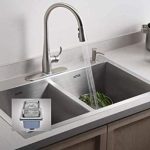

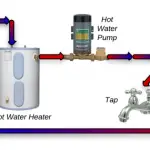
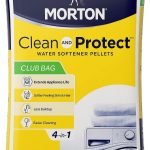
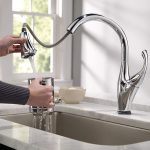






Add Comment